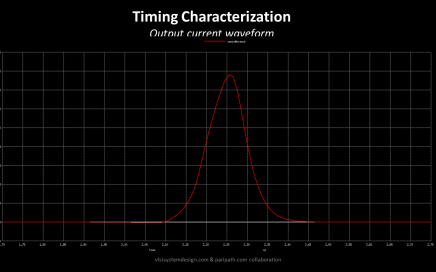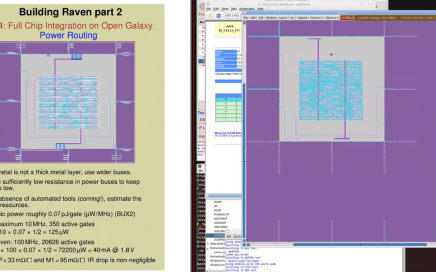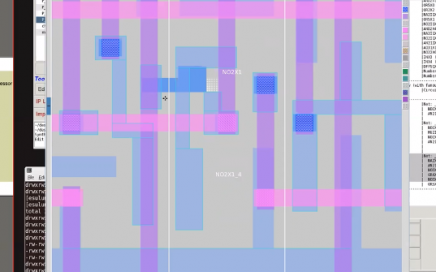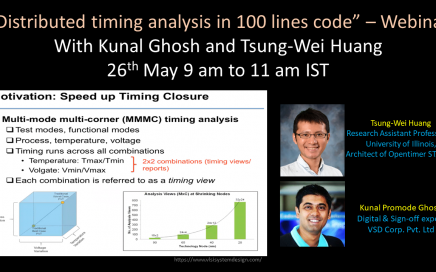
Symposium VI – Standard cell layout/characterization
Symposium VI – Standard cell layout/characterization, ECSM puts its number in the same arc as NLDM. The numbers you see in above image, below the cell_rise, cell_fall, rise_transition is all NLDM information. Under rise_transition, you will have ecsm_waveform and ecsm_capacitance. Now this is only one waveform, because we gave it only one load and one slope, just like we have one value under “rise_transition”. If we had 3×3 under rise_transition, then you would have had ecsm_waveform(“0”), ecsm_waveform(“1”), till ecsm_waveform(“8”), essentially 9 waveforms. And same thing with capacitance





